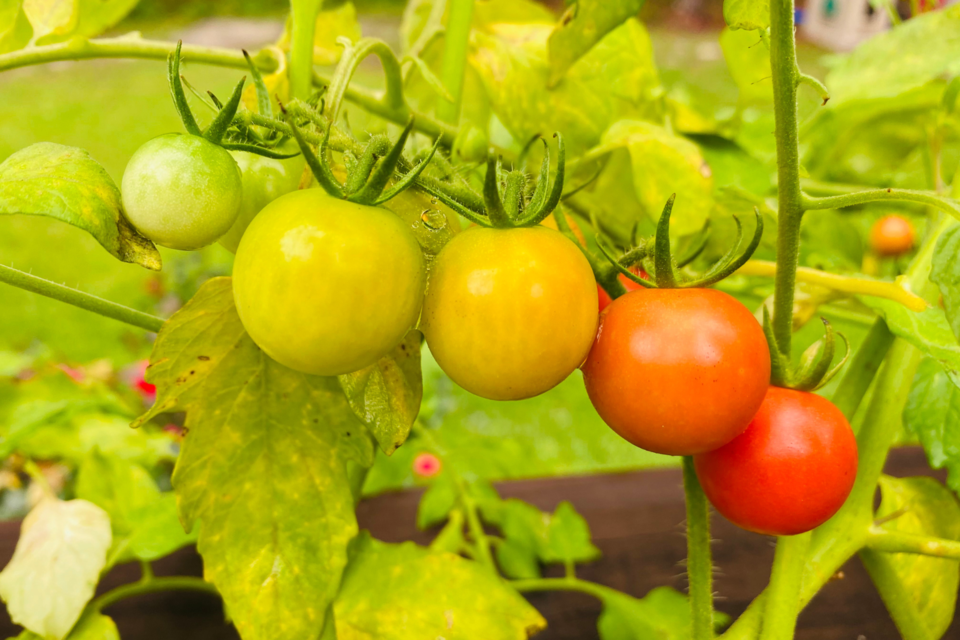It has been difficult to grow tomatoes during the past several years due to an assortment of factors, such as:
- Extreme temperatures
- Dry conditions
- Tomato Spotted Wilt Virus (TSWV)
- Blossom-end-rot
Tomato Spotted Wilt Virus
TSWV is caused by tiny insects which are known as thrips. These insects can transmit a virus that is detrimental to tomato plants. The insects have cost Georgia farmers millions of dollars in the damage they have caused to tomatoes, tobacco and peanuts.
The thrips that carry the virus and transmit it to the tomatoes will cause the plant’s foliage to turn purple. The leaves will also have a bronze cast look to them. The fruit will have mosaic or mottled configurations of a lighter color green on the outer fruit peeling.
There are several varieties of tomatoes that are resistant to TSWV that are available. Amelia, BHN 444, and BHN 640 are some of the resistant varieties just to name a few. Check with your local agriculture and garden supplier for the availability of these varieties.
Blossom-end rot
Blossom-end rot appears as a small water-soaked spot near the blossom end of the tomato. The spot eventually enlarges and becomes dry, sunken and brown or black. The cause of blossom-end rot is insufficient calcium uptake by the plant.
Any condition that reduces the plant’s roots ability to absorb water sets the plant up for blossom-end rot. Several factors can reduce the root’s ability to absorb water, such as:
- Root-rotting fungus
- Nematodes
- Under watering
- Over watering
- Soil compaction
- Over fertilization
To prevent blossom-end rot, maintain a soil pH of 6.0 to 6.5 and supply adequate levels of calcium through applications of dolimitic limestone or gypsum.
Avoid drought stress and extreme moisture fluctuations by using mulch and deep, timely irrigation once or twice a week. Avoid over fertilizing plants with high ammoniacal nitrogen fertilizers.
Excessive nitrogen can depress the uptake of calcium. Foliar applications of calcium with products such as Blossom End Rot Stop are only short-term fixes.
Hopefully, growers will have better conditions this year than you have experienced in the recent years. Good luck with your tomatoes this growing season and I hope you have a bountiful harvest!
For more information, contact Tyson at [email protected] or call the extension office at (912) 871-6130.




